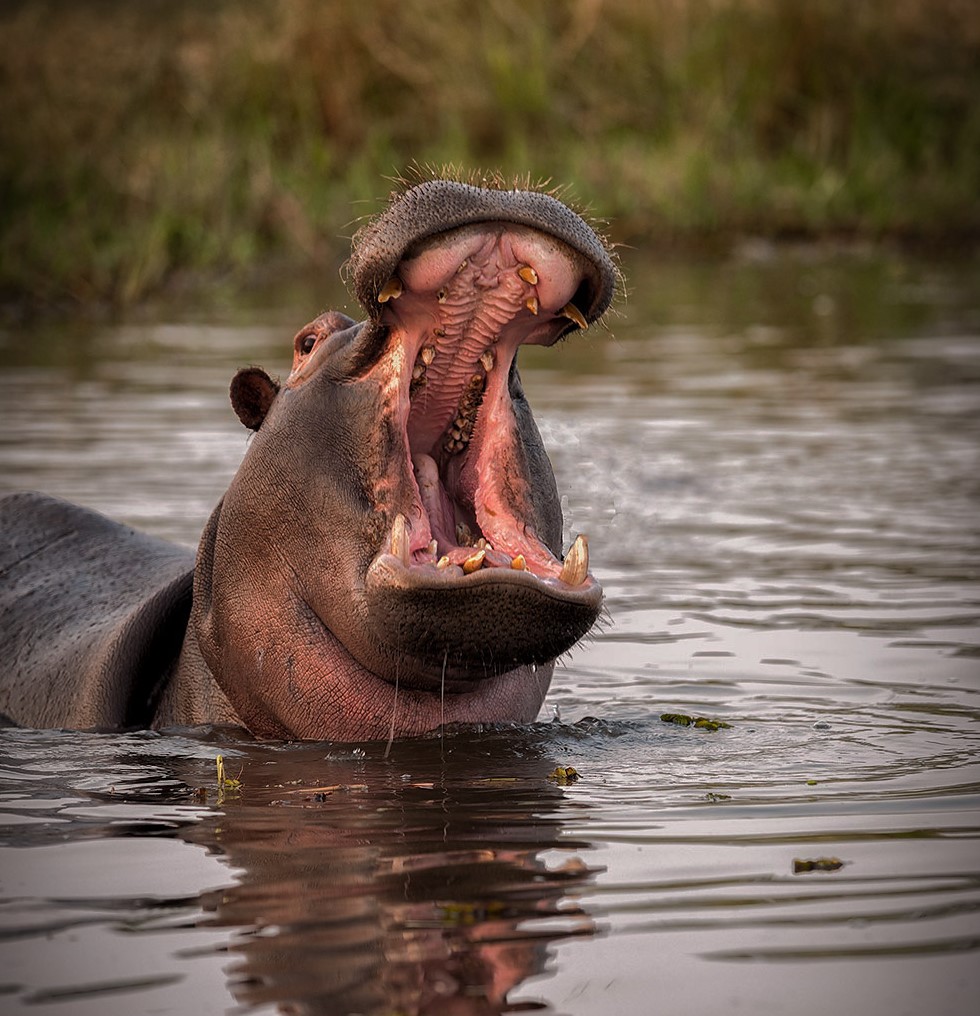How I Use Reflections In My Photography
/In my previous post, I discussed the importance that reflections can play a photograph, adding depth and dimension. Today, I would want to continue the topic with my personal views on what works for me and why. We will be using the same image in this discussion, just different crops to get my point across, but first let’s take a look at this image and the number of reflections within it.
For me there are three different types of reflections, with only two of them really being effective for my style of photography.
The most common is what I call the cut-off. In the image below, the reflection is cut-off somewhere around half of the reflected image. It leaves the viewer wondering where the rest of the reflection is and what else is there to the image? To me, it is as if you are cutting off the other head of the hippo. Although commonly seen, the cut-off is by far, the weakest of all three. The funny thing about the cut-off is that with just a little bit of effort, the cut-off can be transformed into a much stronger image
One alternative to a stronger image would be a tight-crop. In the tight crop, the image is tightly cropped in such a manner that it allows the viewer to understand that there is a reflection however, it is of lesser importance. Another effective use of the tight-crop would be when the reflected part of the image falls into an area that is so confusing for the viewer it does not add value to the image and actually detracts from the image and thus it needs to me minimized. Don’t get me wrong, the tight crop can be a very effective technique to deliver a solid image. A tight crop example is shown below.
Lastly is what I call the full-view. In this approach, I want to show the entire reflected image. I use this crop technique when I want to show the overall environment around the subject. I will also use this type of crop when there is action around the subject or I want to add depth to the image. When photographing animals, I will often try to put the animal in the environment by using this technique. If there is water around, you can bet I will try to use a reflection to do just that. In the image below, I moved the Landover around until I had just the right angle I that allowed me to get the entire reflection which complimented the hippo by adding depth to the image. Oddly enough, the movement of the vehicle was just a few feet back and forth.
Which crop works for you and why?




